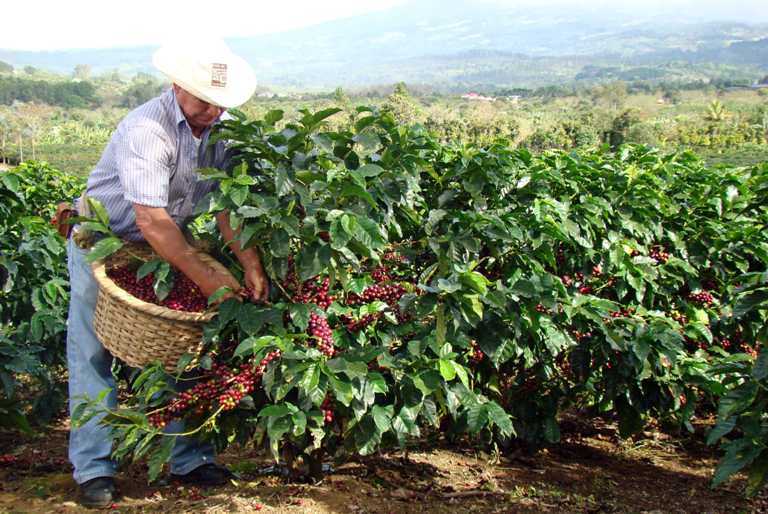Genetic manipulation by scientists is so well-known these days that we thought the story would be at least half plausible.
It wasn’t as far-fetched as the apocryphal crossing of strawberries with Arctic flounder and it seemed to have an understandable practical application.
But, yes, the date on which it was published is the dead giveaway.
Many thanks to the Royal Botanic Garden in Sydney for playing along with an idea we dreamed up in the newsroom last week.
This story is really too good to be true:
Scientists at the Royal Botanic Gardens will today announce that they have mixed the DNA from a coffee plant with that of a Shiraz grapevine to produce a hybrid that could see viniculture in the Hunter Valley replaced by coffee production due to the impact of climate change.
The coffee beans will grow on vine-sized bushes, which will mean that the crop can be gathered without the need to replace costly machinery already in place for mechanised harvesting of grapes.
The coffee-vine hybrid is expected to take about five years to reach maturity before it can produce its first beans.
Although the development is at an early stage, scientists believe it may also be possible to incorporate natural moulds that make dessert grape varieties sweeter so that the consumer would no longer need to add sugar to their cafe latte or cappuccino.
Brett Summerell, director of science and conservation at the Royal Botanic Gardens said that the breakthrough had the potential to change the agricultural landscape in parts of NSW as wine production moves south to Victoria with average temperatures increasing in traditional wine growing regions.
“I am proud to announce today that we have crossed coffee, which would normally grow on a small tree, with a grapevine to create a plant that is able to produce coffee beans on a vine that might be suitable for commercial production throughout parts of NSW,” he said.
“We have done this through quite sophisticated manipulation of the genomes of the two species to integrate them together. We think this new hybrid has the potential to grow in areas that will be affected by climate change at some stage and be beneficial for both coffee production and also for those areas that are struggling to produce grapes and wine.
“I think any plant that requires some sort of cooler season will struggle in the future and we will see some of the bigger wine companies starting to move south into southern Victoria and Tasmania.”
The research laboratories at the Botanic Gardens have historically achieved a number of scientific breakthroughs.
In the 1960s their scientists helped solve the murder of an eight-year-old boy from Bondi. They identified plant fragments found on a blanket in which the body was wrapped, which led detectives to the killer’s home, which had two unusual trees growing in the front yard.
The announcement today also comes in the year in which the Royal Botanic Garden celebrates its bicentenary.
Tim Barlass
The story Scientists mix DNA from coffee and grapevine to combat climate change first appeared on The Sydney Morning Herald.


















